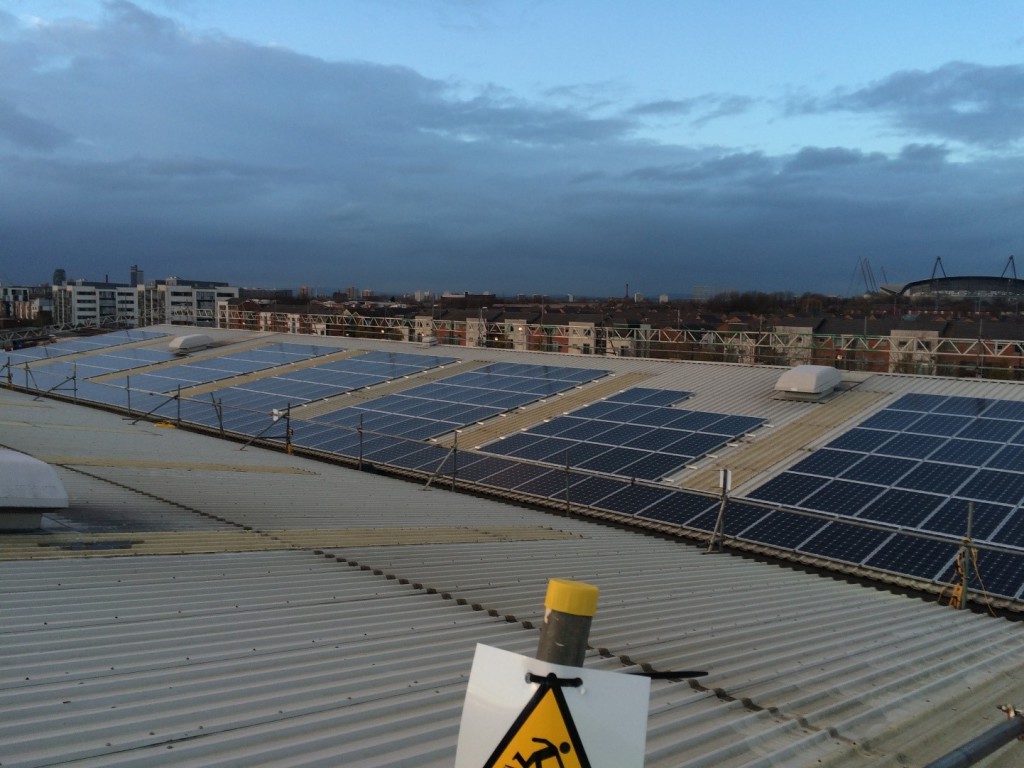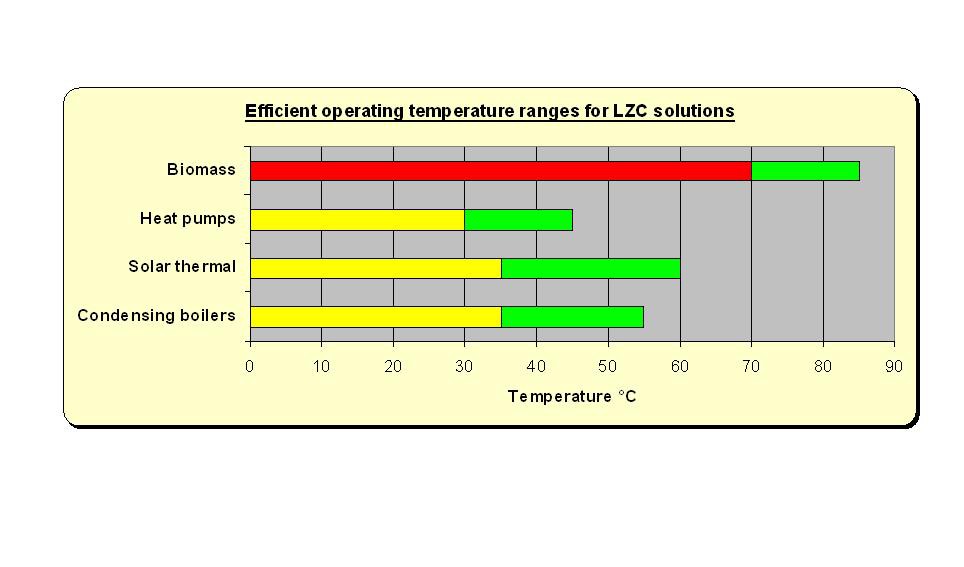The right combination

Matthew Blackmore, Head of Business Development at Armstrong Fluid Technology, looks at the pitfalls to avoid when combining renewables with more traditional low carbon pieces of equipment, such as variable speed pumps, in order to optimise investment in renewables through effective integration.
Great British Energy’s (GBE) decision to invest in solar and other renewables for public sector buildings has excited many of us in HVAC. In March this year, the government announced plans for a total £200 million investment in rooftop solar power and renewable schemes for hundreds of schools, NHS Trusts and communities across the UK. The investment is to be managed through a partnership between Great British Energy, the Department for Education and the Department for Health and Social Care.
This could be particularly good news for healthcare estates. Around £100 million has been allocated for nearly 200 NHS sites, with the first panels expected to be installed by the end of this summer. Considering the alarming fact that the NHS’s energy bill has doubled since 2019, the news will no doubt go down well in trusts across the country. The numbers are very promising, GBE projections suggest an average saving of £45,000 per year from these projects alone.
But how can our industry optimise investment in technologies such as solar, biomass and heat pumps when designing, installing and managing systems for public sector buildings? What you gain from on-site generation can so easily be lost due to the challenges of integrating (sometimes multiple) renewable devices with other parts of the system.
All too often, for example, solar projects have a tendency to be far too focused on the payback times of the projects, seen as a bolt-on solution measured in energy produced against cost of procurement. Many experts, including Armstrong Fluid Technology, advocate a much more holistic approach to integration of renewables, wherein low and zero carbon elements are introduced without forcing the system to operate outside of ideal conditions.
Integration challenges and solutions
As Figure 1 illustrates, there are considerable differences between the optimum operating temperatures of the different low and zero carbon technologies. The key challenge when designing renewables into an HVAC system design, therefore, is to integrate the low and zero carbon elements without compromising energy efficiency of the various component parts of the system. There are two key factors when addressing these challenges.
Firstly, it is important to ensure we leave nothing on the table in terms of elements we may want to integrate into plant rooms in the future. An attitude of energy agnosticism will facilitate the introduction of biomass and heat pumps at a later point. Within this way of thinking, thermal stores are crucial, as they can effectively hold energy from various different sources.
Secondly, control systems within the overall HVAC system must be best placed to take advantage of the renewable energy sources. We believe solar panels, for example, should be seen as one part of a holistic system which takes advantage of the efficiency curves of all energy-consuming components across the system, such as pumps.
Much of the best equipment to support solar integration is most efficient while operating at part-load, staged in harmony with other system components to meet demand at optimum levels. It’s also possible to leverage the connectivity and intelligence of smart HVAC equipment to selectively choose exactly when and how the new energy is deployed.

Solar integration
The funding for public sector buildings announced by the government in March this year is expected to look particularly favourably on rooftop solar schemes. One effective integration method for solar, harnessing the capabilities of a thermal store, involves a biodegradable propylene glycol solution, which is circulated through the solar array. The solar array heats the water/ glycol mixture which, in turn, heats the lower portion of the stainless steel solar cylinder. Where there is insufficient solar energy available to achieve the required 60°C for DHWS, only then are back-up boilers brought in for the top-up.
One of the advantages of a well stratified thermal store is that it has the ability to integrate various other heat sources such as heat pumps and biomass. Hot water rises and cold water sinks, so lower temperatures from solar thermal or heat pumps are fed into the bottom of the store, medium temperatures, for example from condensing boilers, are fed into the middle of the store, and higher temperatures from biomass are fed in towards the top of the store. By using modern control technologies, we can make sure that the components in the system are always operating within the curves that make them the most efficient, which often involves pumps working at part-loads, and various elements are also most efficient whilst running at optimum temperatures.
The value of solar panels
Seen in the past as, primarily, a solution for residential sites, the advantages of larger-scale schemes for commercial premises are now widely acknowledged. In 2015, for example, Armstrong Fluid Technology completed a major renewable energy project at its Manchester site. A 250 kilowatt peak (kWp) solar photovoltaic panels system was successfully installed over a roof area of 1,550m2. The system has been up and running since January 2016 and has already started to reduce the carbon emissions and the costs associated with our electricity consumption. In 2023 we generated 185,028kWh of electricity. We exported 27,100kWh of electricity to the grid. The balance was consumed in our plant.
The government funding has the potential to allow public sector sites to move towards projects of this type. There’s fantastic precedent within the NHS too, most notably the solar farm for the Royal Wolverhampton NHS Trust, which is expected to power the entire hospital site for 288 days a year, saving around £15-20 million over the next 20 years. This particular site is located at a former landfill, and displays the kind of joined up imaginative problem-solving the country needs as it invests more and more in district energy and sector coupling projects.
The key to translating government funding into tangible cost reduction for public sector buildings, however, will be smart integration of all low and zero carbon components.







